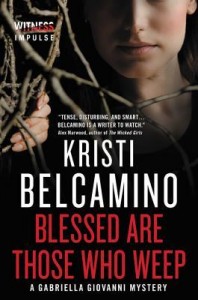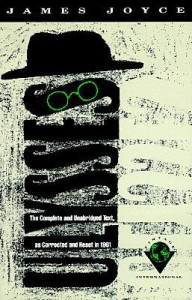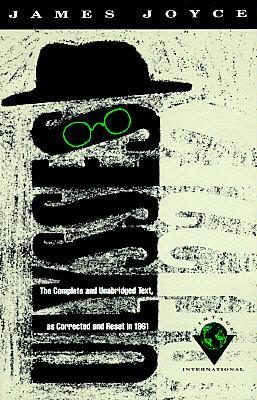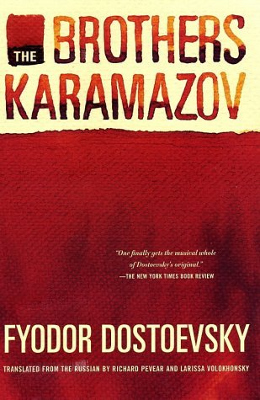Things I’ve Learned about Books from KonMari
Thursday, May 14th, 2015Perhaps you are as sick of hearing about Marie Kondo’s The Life-Changing Magic of Tidying Up as my 9yo son Guppy is. He has been a less-than-enthusiastic participant in our recent attempts to clear stuff from our house. But even his resistance is a lesson, one to have less stuff to organize, and just enough that one can enjoy it but not be burdened by the having of it. Her method is called KonMari, and I’ve used it thus far to clear out clothing and books from our house. She recommends starting with clothes, then doing books, then “stuff”, then papers, then mementos, because this tends to be in order from least to most attachment issues.
Her books exhort the reader to keep the things that “spark joy” and give or move out those that don’t. What I found as I went through my books, though, were many books I didn’t want to give away for a variety of reasons: I knew the author, they’d been inscribed to me, I’d spent money on them, I’d received them as gifts. Many sparked guilt, or regret, rather than joy.
I noted that one bad habit of book buying I’d got into over the years was going to an author reading, buying books of theirs and having them inscribed to me, sometimes with a personal note. This is great if I loved the book and read it, but a burden if I never feel moved to read the book, or don’t like it. My solution was to either rip out the signed page, or black out my name and give away the book in the hope that someone else would be excited to find it.
With growing horror, I realized I’d been foisting this bad habit off on family and friends, too, buying personalized books as gifts that they might feel obligated to read, or reluctant to give away because of the inscription. I foolishly thought I was doing something cool by getting them signed; it didn’t occur to me I was sending something that could be a burden.
I make many book vows, as regular readers of this blog know. I’ve written before about the burden of books as gifts, but I didn’t take it to heart till I saw evidence of this on my own shelves, and witnessed my own guilt over gift and inscribed books.
I fervently hope I have finally learned the lesson to buy a gift with the recipient in mind, not an agenda or a ’should’ factor, and to make it as free of burdens as possible, with gift receipts, no inscriptions, and the assurance that it is freely given, for the person to do with it what they will.
Also, in future I hope I’ll attend author events simply to hear the author, and not feel compelled to buy the book, especially if it’s not one I plan to read next. And I don’t want to have it inscribed. I want to feel free to do with it what I will.
So please, if I’ve ever given you a book that doesn’t spark joy, I apologize, and do whatever you want with it. I’ll not be getting inscribed books for you again.
I did keep the small collection of books by people I know who might visit my house. Most of these do actually spark joy–the happiness I feel for friends who have published books.
What I found after I’d weeded out the non-joy-sparking books that had been inscribed or given to me, was that I had much lighter shelves, which allowed me to see better which books I really want to read soon. I’ve read, enjoyed, and returned one book a friend lent me last year. I read immediately one another friend lent me. And of the books I’ve bought in the past few months, I’ve read most immediately.
In fact, I think the only books I’ve bought since we’ve done the purge was one for 9yo Guppy, since he started it in the bookstore and wanted to finish, and my own copy of Emily Nagoski’s Come As You Are, which I wanted to have my own copy of to refer to and read again.
I’ll be interested to see if I gradually return to my old, book-acquisitive ways. But one of the benefits of the Kondo book and KonMari process are the changes in perception about buying and having stuff, and these changes feel like they’re takign place on a deeper, more permanent level than my many years of “book vows.”








 Who’s still with me? Anyone? Anyone? Bueller?
Who’s still with me? Anyone? Anyone? Bueller?






